Hypo Snapping Turtle for sale – Exotic Pets for Sale
$149.99
Shop now for captive-bred Baby Hypo Snapping Turtles. These adorable turtles develop stunning cream or pink skin. Perfect for general audiences seeking exotic pets.
Hypo Snapping Turtle For Sale: A Fascinating Ancient Reptile
Hypo snapping turtle for sale, The **snapping turtle** (Chelydra serpentina) is one of the most intriguing and ancient reptiles found in North America. With their prehistoric look and powerful jaws, snapping turtles captivate the curiosity of scientists and reptile enthusiasts alike. These turtles live in various aquatic habitats, such as ponds, lakes, and swamps, and though they’re often labeled as aggressive, they’re usually shy and defensive, preferring to avoid confrontation.
Their unique appearance and long lifespan make them an exciting option for reptile lovers, but owning a snapping turtle requires careful thought and long-term commitment. Whether you’re interested in a **baby snapping turtle for sale** or the rarer **hypo snapping turtle for sale**, this guide will walk you through everything you need to know about these fascinating creatures, from behavior and diet to care and legal considerations.
What Does a Snapping Turtle Look Like?
Snapping turtles have a distinctive, almost prehistoric appearance. Their rough, dark brown or black shells, called carapaces, can grow up to 18 inches long and are often covered with mud and algae, which helps them blend into their environment. Adult snapping turtles can weigh anywhere between 10 and 35 pounds, with some reaching even larger sizes.
The turtle’s most defining feature is its large head, which holds a strong, beak-like jaw capable of delivering a powerful bite. Their long tails, nearly as long as their bodies, and their sharp claws add to their rugged appearance. Interestingly, unlike many other turtles, snapping turtles have a relatively small lower shell, called a plastron, which leaves much of their body exposed, making them more flexible and agile on land.
Behavior and Temperament: Are Snapping Turtles Really Aggressive?
Snapping turtles have a bit of a reputation for being aggressive, but this is primarily a defense mechanism. In their natural habitats, they prefer to stay hidden underwater and avoid human interaction. It’s only when they’re on land—especially during nesting season—that they feel vulnerable and may display defensive behavior.
If a snapping turtle feels cornered, it may hiss or even lunge with its sharp beak. While this may seem intimidating, it’s their way of protecting themselves rather than seeking out conflict. In the water, where they feel safer, they are much more likely to swim away from potential threats.
When it comes to **baby snapping turtles**, they are generally less defensive but should still be handled carefully. Over time, they may become accustomed to human interaction, but snapping turtles will always maintain some of their wild instincts.
Where Do Snapping Turtles Live?
Snapping turtles are highly adaptable and can live in various environments. They are commonly found in slow-moving water bodies such as ponds, lakes, swamps, and rivers. They prefer areas with muddy bottoms and abundant vegetation, where they can hide and hunt.
Native to North America, snapping turtles can be found from southern Canada all the way to the Gulf of Mexico. They are mostly nocturnal and spend the majority of their time underwater. During the day, they may come up to bask in the sun or hide just below the surface of the water.
Snapping turtles can survive in different conditions, including both fresh and brackish water (a mixture of fresh and saltwater), making them one of the hardiest reptiles.
What Do Snapping Turtles Eat?
Snapping turtles are omnivores, meaning they eat both plants and animals. In the wild, their diet consists of fish, frogs, birds, small mammals, insects, and aquatic vegetation. They are opportunistic hunters and scavengers, feeding on whatever they can catch or find, including dead animals.
In captivity, you’ll want to replicate this diet to keep your turtle healthy. **Baby snapping turtles** need a protein-rich diet, such as small fish, insects, and worms. As they grow, you can start introducing more plant-based foods like leafy greens and aquatic plants.
A good feeding schedule for snapping turtles is every other day, and any uneaten food should be removed to maintain clean water. Overfeeding can lead to obesity and health problems, so it’s essential to offer the right amount of food based on the turtle’s size and age.
Lifespan and Reproduction
Snapping turtles are incredibly long-lived reptiles. In the wild, they can live for up to 50 years, and in captivity, they may surpass 100 years with proper care. Their slow metabolism and adaptability contribute to their impressive longevity.
During the breeding season, typically in late spring or early summer, female snapping turtles travel on land to find a suitable nesting site. They can lay between 20 and 40 eggs, which incubate for 75 to 95 days. The temperature of the nest influences the sex of the hatchlings, with warmer temperatures producing more females.
Once hatched, **baby snapping turtles** must make their way to the water on their own, with many falling prey to predators along the way. If you’re thinking about purchasing a **baby snapping turtle for sale**, remember that they grow quickly and require significant space as they mature. This is a long-term commitment that may last decades.
Hypo Snapping Turtles: A Unique Variation
If you’re searching for something truly special, you might come across a **hypo snapping turtle for sale**. These turtles have a genetic mutation that causes their skin and shells to have lighter pigmentation, giving them a striking and unique appearance. Hypo snapping turtles are rare and usually more expensive than their typical counterparts.
Even though their appearance is different, hypo snapping turtles have the same care requirements as other snapping turtles. They still need a large tank, clean water, a balanced diet, and appropriate lighting. If you’re interested in purchasing a **hypo snapping turtle for sale**, make sure you’re buying from a responsible breeder who prioritizes the health and well-being of the animals.
How to Care for a Snapping Turtle in Captivity
Caring for a snapping turtle can be rewarding, but they require specific care to thrive. Here’s what you need to know:
1. **Tank Size**: A **baby snapping turtle** can start in a smaller tank, but as they grow, they will need more space. An adult snapping turtle requires at least a 100-gallon tank or even a pond.
2. **Water Quality**: Clean water is critical. Snapping turtles produce a lot of waste, so you’ll need a powerful filtration system and regular water changes to keep the environment healthy.
3. **Temperature and Lighting**: As cold-blooded reptiles, snapping turtles rely on external sources of heat to regulate their body temperature. Provide a basking area with a heat lamp and maintain the water temperature between 75°F and 85°F. UVB lighting is also essential for their health, helping them metabolize calcium to keep their shells strong.
4. **Diet**: As mentioned, a balanced diet is essential for snapping turtles. **Baby snapping turtles** require more protein, but as they mature, their diet can include more plant-based foods. Be sure to provide variety and avoid overfeeding.
5. **Handling**: While snapping turtles may tolerate human interaction, they should be handled carefully, especially as adults. Their powerful jaws can cause serious injury, so it’s best to minimize handling and use proper techniques when necessary.
Finding a Baby Snapping Turtle for Sale
If you’ve decided a snapping turtle is the right pet for you, the next step is to find a **baby snapping turtle for sale**. It’s important to buy from a reputable breeder who can guarantee the turtle is healthy and legally sourced. Some breeders may also offer rare varieties like the **hypo snapping turtle for sale**, which is highly prized for its unique coloration.
Before purchasing, ensure you’re prepared for the long-term commitment of caring for a snapping turtle. They require space, proper care, and dedication to keep them healthy for many years.
Legal Considerations
Before buying a snapping turtle, make sure to check the legal regulations in your area. In some places, snapping turtles are protected, and it may be illegal to capture or sell them without proper permits. Certain states also have restrictions on owning specific species or sizes of turtles, so it’s crucial to do your research and follow local laws.
Ethical Ownership and Conservation
Snapping turtles play a vital role in their ecosystems, helping to control fish populations and clean up dead animals. However, their populations are at risk in some regions due to habitat destruction, pollution, and over-harvesting.
When buying a snapping turtle, it’s essential to support ethical breeders who practice responsible, sustainable breeding. Avoid purchasing turtles taken from the wild, as this harms local populations and is often illegal.
By choosing captive-bred turtles and supporting conservation efforts, you can help ensure that these amazing creatures continue to thrive for future generations.
Final Thoughts: Is a Snapping Turtle Right for You?
Owning a snapping turtle can be a fulfilling experience, but it’s not a decision to take lightly. Whether you’re looking at a **baby snapping turtle for sale** or a **hypo snapping turtle for sale**, be prepared for a long-term commitment, as these turtles can live for decades.
Snapping turtles require proper care, space, and attention, but for the right person, they can be an incredibly rewarding and fascinating pet. Just make sure you’re fully informed and prepared before bringing one of these ancient reptiles into your home.
Final Thoughts: Is a Snapping Turtle Right for You?
Owning a snapping turtle can be a unique and rewarding experience for the right reptile enthusiast. Their prehistoric appearance, fascinating behaviors, and long lifespans make them an interesting addition to any collection. However, it’s important to understand that snapping turtles, including **baby snapping turtles**, require a high level of commitment, care, and responsibility. They grow quickly, live for decades, and need specialized environments to thrive. If you are considering purchasing a **baby snapping turtle for sale** or even the more unique **hypo snapping turtle for sale**, you must be fully prepared to provide them with the proper habitat, diet, and care for their entire lifespan.
Before making the decision, ensure you have the space for a large tank or pond, understand their specific care requirements, and are willing to meet their long-term needs. Snapping turtles are not a pet for everyone, but for those dedicated to giving them the best life possible, they can be fascinating companions.
It’s also essential to consider the ethical and legal aspects of owning a snapping turtle. Always purchase from a reputable breeder who practices responsible breeding and adheres to legal regulations. By doing so, you not only ensure the health and well-being of your pet but also contribute to the conservation of these incredible reptiles in the wild.
In summary, snapping turtles are captivating, ancient reptiles that can make for interesting pets, but they are best suited for experienced and committed reptile keepers. If you are prepared for the responsibility and long-term care that snapping turtles require, you will be rewarded with a pet that brings a touch of the wild and a connection to nature into your life.
Research thoroughly, invest in the right habitat and care essentials, and always prioritize the well-being of your snapping turtle. Whether you choose a **baby snapping turtle for sale** or a rare **hypo snapping turtle for sale**, providing them with a healthy and enriching environment will ensure that your turtle lives a long, happy life.
Embrace the journey of caring for a snapping turtle with patience and dedication, and you’ll find that these remarkable creatures can offer a unique and fulfilling pet experience.
Be the first to review “Hypo Snapping Turtle for sale – Exotic Pets for Sale” Cancel reply
Related products
TURTLES FOR SALE
TURTLES FOR SALE
TURTLES FOR SALE
TURTLES FOR SALE
TURTLES FOR SALE
TURTLES FOR SALE

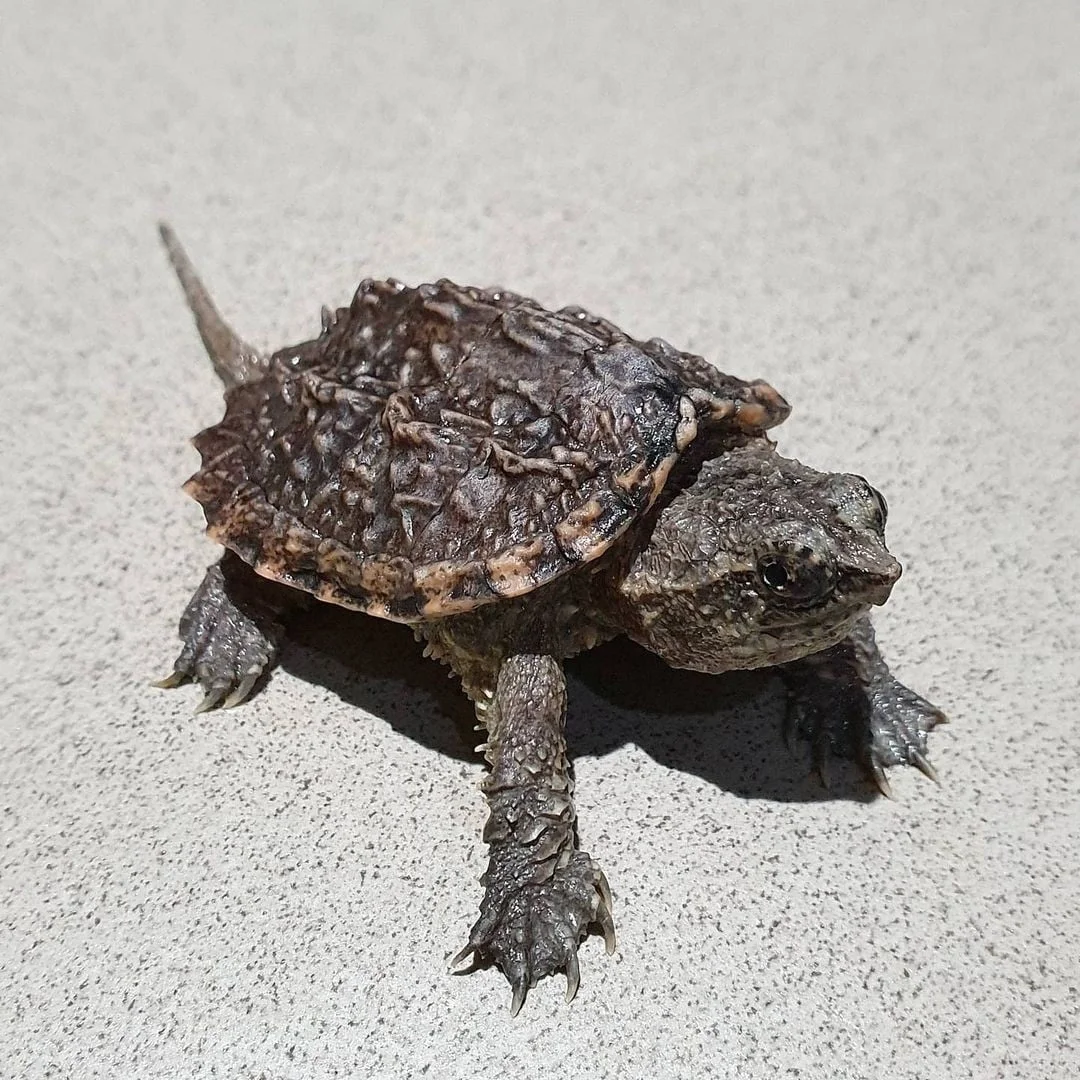

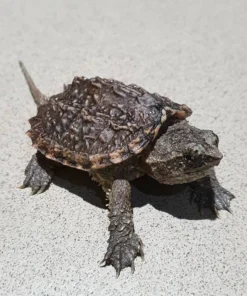
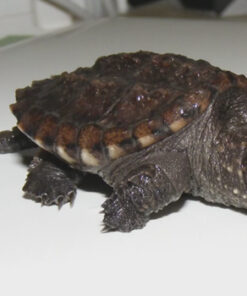




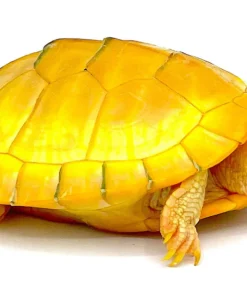



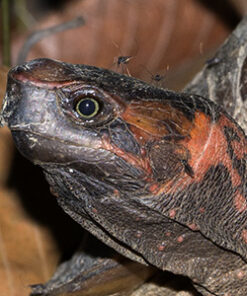

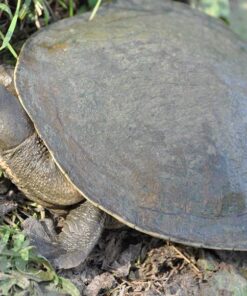

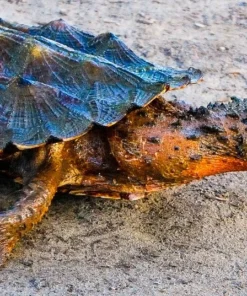


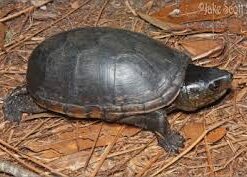

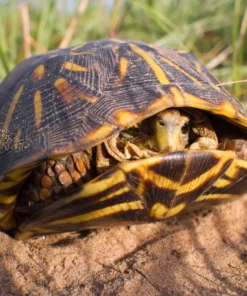
Reviews
There are no reviews yet.